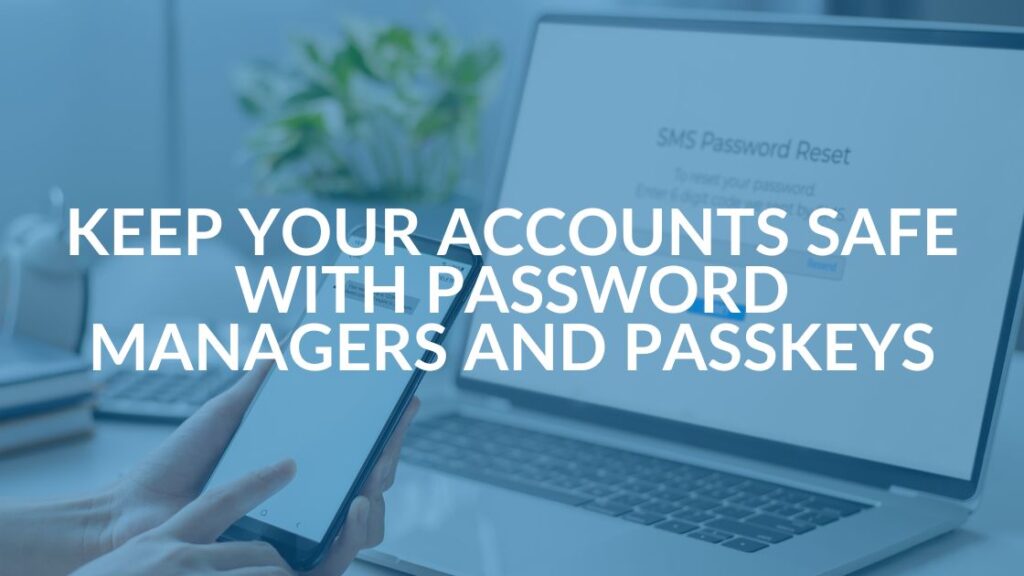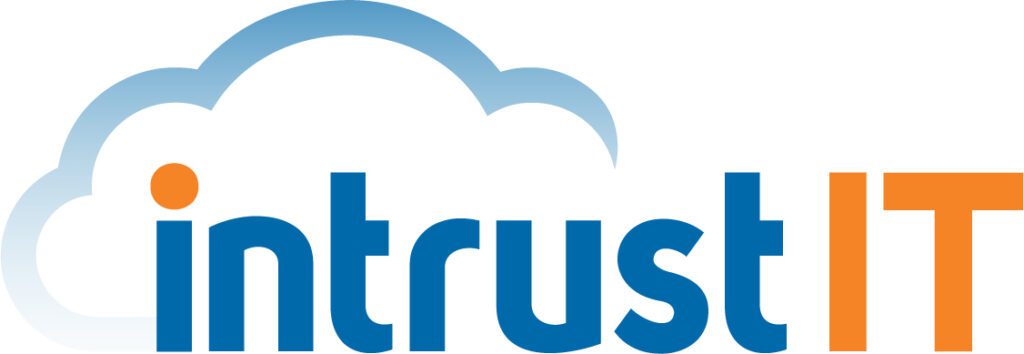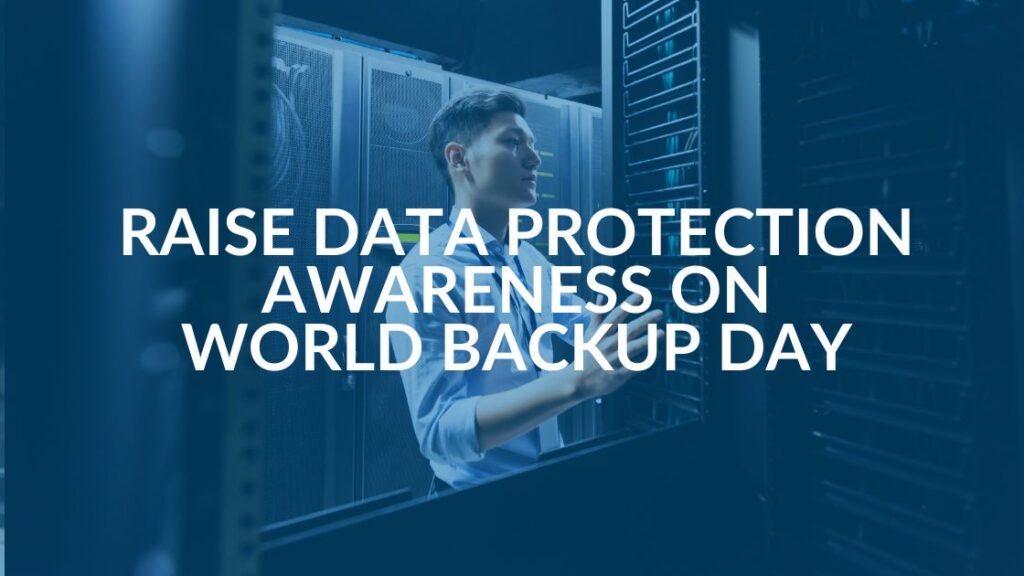Microsoft 365 vs Google Workspace: 2023 Update
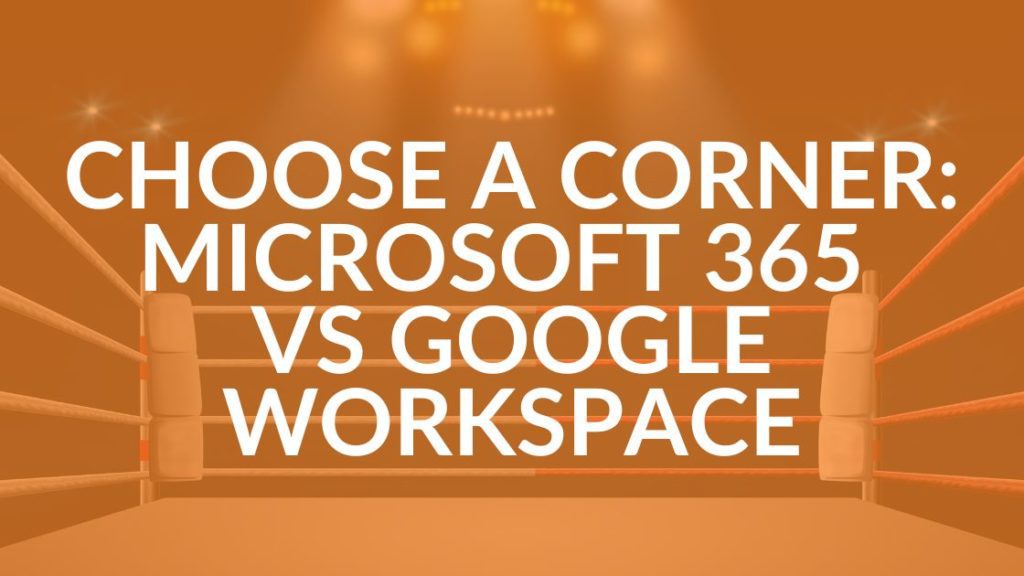
Who wins the Microsoft 365 vs Google Workspace smackdown in 2023? Like many other decisions, the answer depends on a variety of factors. Between the size of your organization, the type of industry, your budget and your personal preferences, there’s a lot to consider. Here are some things to keep in mind to help you decide which cloud platform may work better for your organization.
Important note before we dive in: Both of these products have changed names a few times. Microsoft 365 was originally called Office 365 or Microsoft Office 365. Google Workspace was once known as Google Suite and Google Apps.
Portability and Collaboration Differences
Microsoft 365 and Google Workspace are both cloud-based platforms that support common business tasks. They allow team members to collaborate and work in files at the same time from a web browser. Some of these tasks include:
- Calendaring
- Creating and editing documents, spreadsheets and presentations
- File sharing and management
- Collaboration
- Voice and video conferencing
- Chat
Microsoft has desktop versions of their popular Office applications (programs can also be installed on individual computers) so you can create and work on files locally on your devices as well as in the cloud, and currently, Google Workspace does, too.
Microsoft’s OneDrive cloud allows you to sync files between your devices and the cloud so that they are always available and current. These files (Word docs, Excel docs, images, PowerPoint and Publisher files, etc.) are all easily available to download fairly quickly to work on. When you close them they will automatically be updated to the cloud.
Google Drive also allows you to sync files automatically, but you first need to choose the files you want to sync and the files don’t actually download to your desktop until you click on the file’s name. This limits the amount of space needed on your device to sync and takes less time, since only one file syncs instead of them all. But if you know you need to work often on a lot of downloaded files, the individual process can be tedious.
Pricing Differences and Scalability
Both have reasonable basic plans of $6 per user per month. But what you get for that investment is different.
Microsoft 365 Pricing
Microsoft’s pricing structure is considerably more complicated than Google’s because there are home, business, enterprise, government, nonprofit and education versions available to access, and a lot of sub-versions within these categories to consider.
There’s a lot of flexibility for Microsoft users, but it can be confusing to try to figure out what works best for you and your business.
For small businesses, there are four plans available:
- Microsoft 365 Business Basic — $6 per user per month
- Microsoft 365 Apps for Business — $8.25 per user per month
- Microsoft 365 Business Standard — $12.50 per user per month
- Microsoft 365 Business Premium — $22 per user per month
For larger enterprises, there are another four different options available:
- Microsoft 365 E1 — $10 per user per month
- Microsoft 365 E3 — $23 per user per month
- Microsoft 365 E5 — $38 per user per month
- Microsoft 365 Apps for Enterprise — $12 per user per month
Here are some things to consider when investing in a Microsoft plan:
- To get the best value out of Microsoft 365, you need to pay annually. Each 365 Business plan comes in at slightly higher cost if you pay monthly, and with the Enterprise plans, there is no option to do so. By contrast, all the Google Workspace pricing is based on a per-month basis, which may suit some organizations a bit better. Companies with regular staff changes or those using contractors might find Google better to work with.
- Storage varies by plan. The Business plans all provide 1TB storage per user, but depending on the number of users involved and the plan, the Enterprise ones can give you 5TB.
- The Microsoft 365 Apps plans only give you the desktop apps (i.e., the versions of Word, Excel, etc. that you install on your computer).
- The Microsoft 365 Business plans all limit the maximum number of users to 300; but, you can have an unlimited number of users on the Enterprise Microsoft plans. A third option available is mixing and matching license types. You could use 300 Business Standard licenses, 300 Business Premium licenses and 100 Enterprise E3 ones within the same organization.
- Not all plans provide you with installable versions of the Microsoft Office product suite (Word, Excel, Powerpoint, etc.) The Business Basic plan only gives you access to the mobile and online versions, and the E1 plan restricts you to use of the browser-based version exclusively.
- Not all of the 365 plans give users an email account. If you want to use Microsoft 365 as your email service provider, you’ll need to avoid the Business and Enterprise “Microsoft 365 Apps” plans.
- You can only take advantage of a fully functional version of Microsoft Stream — its video collaboration service — on the Enterprise plans (all except the “Apps for Enterprise” plan include it.)
Google Workspace Pricing
There are four plans available:
- Business Starter — $6 per user per month
- Business Standard — $12 per user per month
- Business Plus — $18 per user per month
- Enterprise — custom pricing, especially when it comes to storage size and scalability
Here’s what you can compare across Google’s different plan options:
- Storage: While the Business Starter plan is limited to just 30GB per user, the Business Standard, Business Plus and Enterprise plans give you 2TB, 5TB and unlimited storage respectively per user.
- User accounts: The Business Starter, Business Standard and Business Plus plans all cap the number of users at 300. It you want more user accounts, you have to purchase an Enterprise plan.
- Video calls: You can host up to 100 participants on a call using the Business Starter plan, 150 with Business Standard and 500 with Business Plus and Enterprise. All of the available plans let you record calls, but Business Plus lets you record video and track attendance. Enterprise plans go further by giving you noise cancellation and in-domain live streaming features.
- Security features: On the Business Plus and Enterprise plan, you get significantly more security features including Vault, a tool for retaining and searching your users’ data, and endpoint management, which gives you more control over how users can access Google Workspace features and data across different devices.
- Searching features: All plans except the Business Starter plan give you access to a “smart search” tool called Google Cloud Search. This makes it easier to find files within an organization’s Google Workspace storage.
- App creation: If you’re on the Enterprise plan, you get access to Google’s Appsheet tool. This is a no-code tool that aims to let you build mobile and web apps without coding.
Google Workspace and Pooled Storage for 2023
Google is making the switch to pooled storage. As of May 15, 2023, new Business Starter customers have pooled storage by default.
The Google Workspace blog notes, “Pooled storage provides a more simple and flexible way to manage storage, as all storage is shared across the organization, removing the need to manage it on a per-user basis. With pooled storage, admins also have more tools to monitor how storage is used across their organization. In the coming days, new customers signing up for Business Starter will have pooled storage; existing Business Starter customers will transition to pooled storage over the coming months.
“As an added benefit of pooled storage, organizations with Business Starter will soon gain access to shared drives. Users will be able to create shared drives and add members, files and folders. Please note that certain admin-level and security controls—like the ability to control access to the items in a shared drive—will not be included in shared drives for Business Starter.”
Email in Microsoft 365 vs Google Workspace
Technically, you can use any email program, but people commonly stay with the default apps: Outlook for Microsoft 365 and Gmail for Google Workspace.
- Both have good email search functions.
- Microsoft has traditional folders for email organization while Google relies on tag-based organization, which can be hard to adapt to if your team is used to Outlook-like email folders. The desktop version of Outlook is far superior to Gmail when it comes to how you group, label and sort email.
- Microsoft automatically prioritizes your emails into “Focused” and “Other.” It sorts them based on your usage to those email addresses. Google does not.
Video Conferencing in Microsoft 365 vs Google Workspace
Microsoft is quite generous with its video conferencing quota. With its Teams business plans, it allows 300 participants, and some plans allow up to 1,000 with up to 20,000 “viewers.”
Google’s Meet allows only 100 on its starter plan and up to 500 on its business plus plan. This might not make a difference to small businesses that are unlikely to ever need a large attendance for video conferencing, but it’s good to know in case you do.
4 Reasons to Choose Microsoft 365 Over Google Workspace
- Desktop apps (in addition to the cloud)
- Sophisticated, feature-rich apps that are the worldwide standard
- Video conferencing capacity
- Initial storage capacity and flexibility for scaling
4 Reasons to Choose Google Workspace
- Less complex and feature-rich, which means it is easier to deploy, maintain and support
- Can be used to edit Google Workspace and Microsoft Office documents
- Built for collaboration from the ground up
- Encourages cloud-based working (because offline isn’t as easy or accessible)
Shared Responsibility Model
With either Microsoft 365 or Google Workspace, it’s important to understand the shared responsibility model of the cloud. TechTarget describes it as “When an organization moves to a public cloud computing model, it hands off some, but not all, of these IT security responsibilities to its cloud provider. Each party — the cloud provider and cloud user — is accountable for different aspects of security and must work together to ensure full coverage.” They have an excellent infographic that can clear up common misconceptions about who is responsible for security to help ensure that your cloud platform stays secure.
The Bottom Line: Microsoft 365 vs Google Workspace
Both are great platforms with specific pros and cons. At Intrust IT, we consider Microsoft 365 the clear winner for businesses larger than a few employees or those that are in a growth mode. Microsoft 365 is more flexible, and scalable and has a full suite of apps and solutions so you can take care of all your business documentation and collaboration needs within one platform.
That said, most small to mid-sized businesses would benefit from the expertise of a managed service provider (MSP) to maximize their Microsoft 365 licenses and configuration — and to ensure that the platform is configured for security.
If you’re already using Microsoft 365, our dedicated team of cybersecurity experts can help you review your MS Secure Score and apply our list of 21 Microsoft 365 controls to ensure that you are secure and productive.
Contact us or book a meeting to talk through your business IT needs with our experts today.
Share this Blog
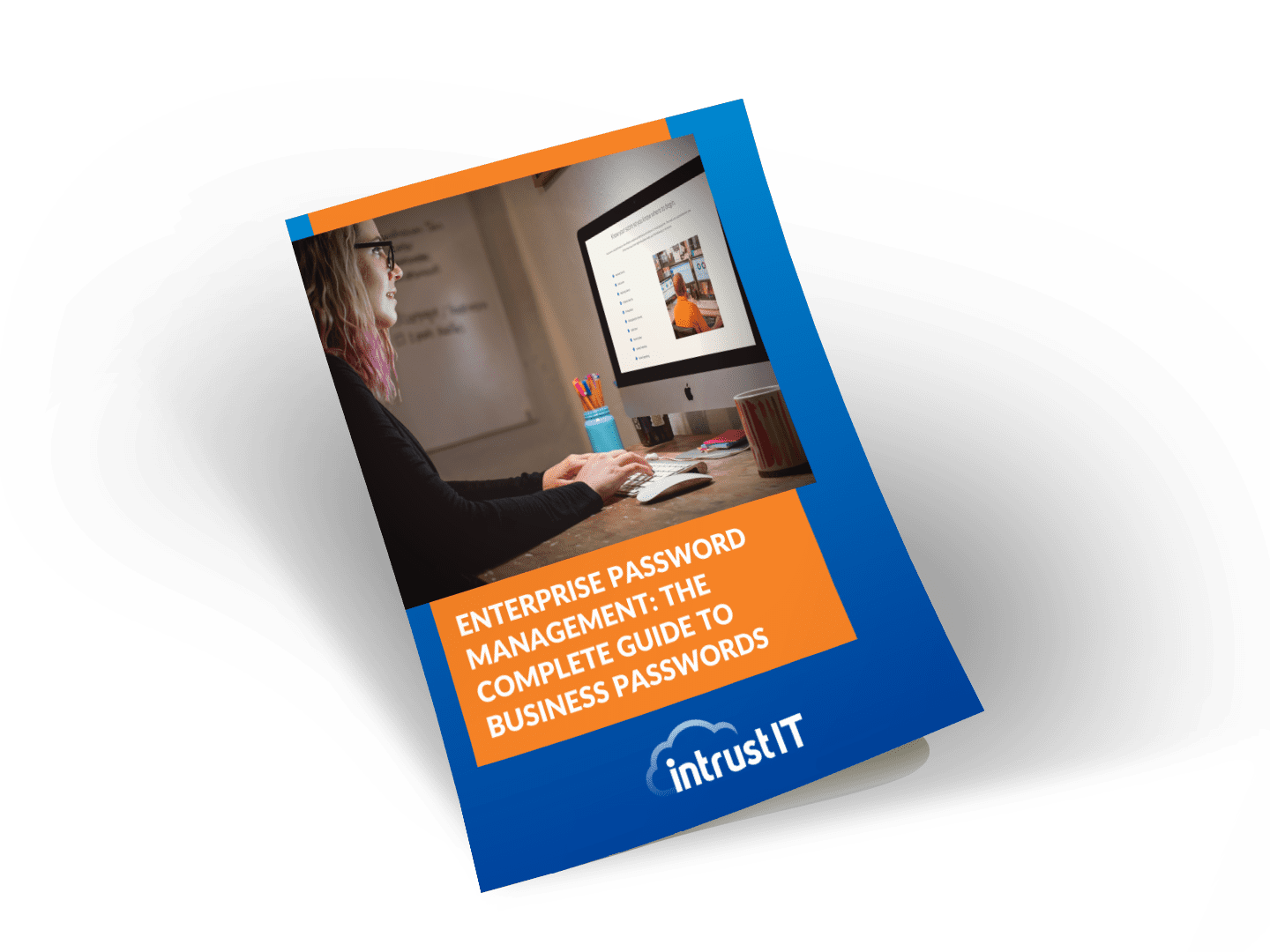
Is Your Name or Birthday a Part of Your Password?
If so, you’re a part of the 59 percent of people who don’t follow proper password hygiene. More than 70 percent of passwords are used for more than one system, meaning if cybercriminals crack one, they can access a lot more accounts.
Our free Enterprise Password Management Guide will give you the best password hygiene practices to help you secure your computer and your business.
Download the Guide
Explore the Latest Trends in IT
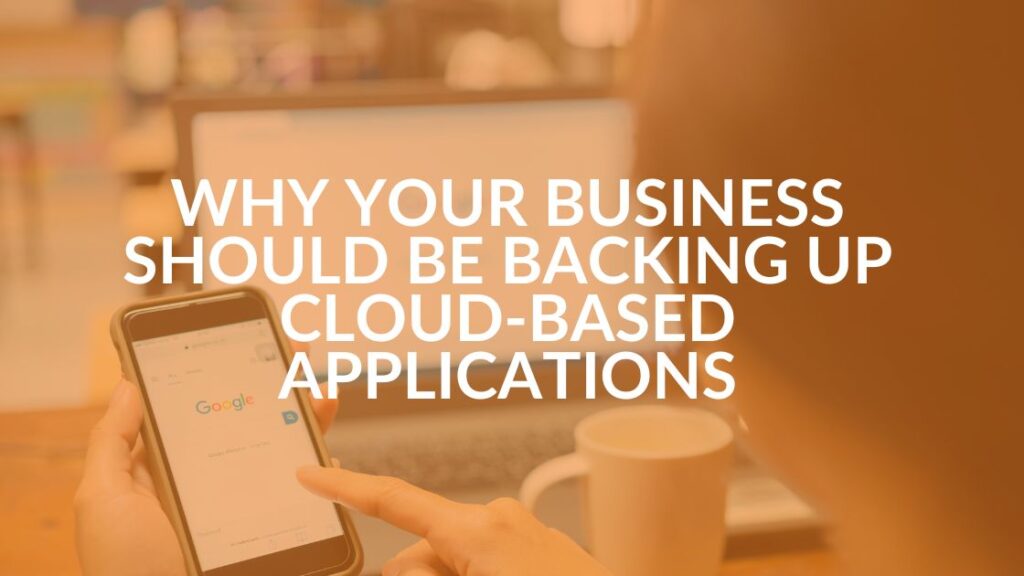
Microsoft 365 and Google Workspace: The Importance of Backing Up Your Cloud-Based Applications
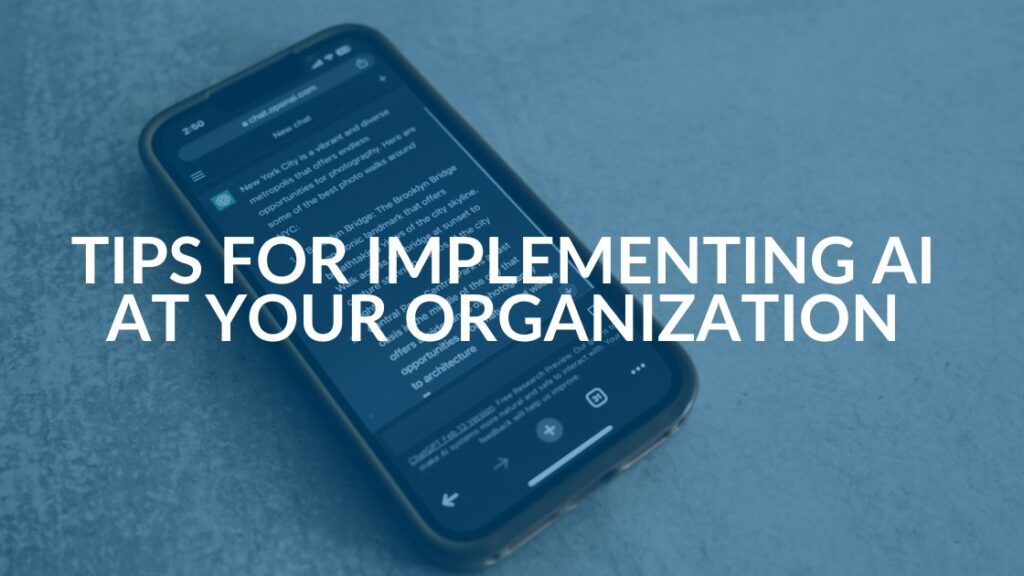
AI Guiding Principles
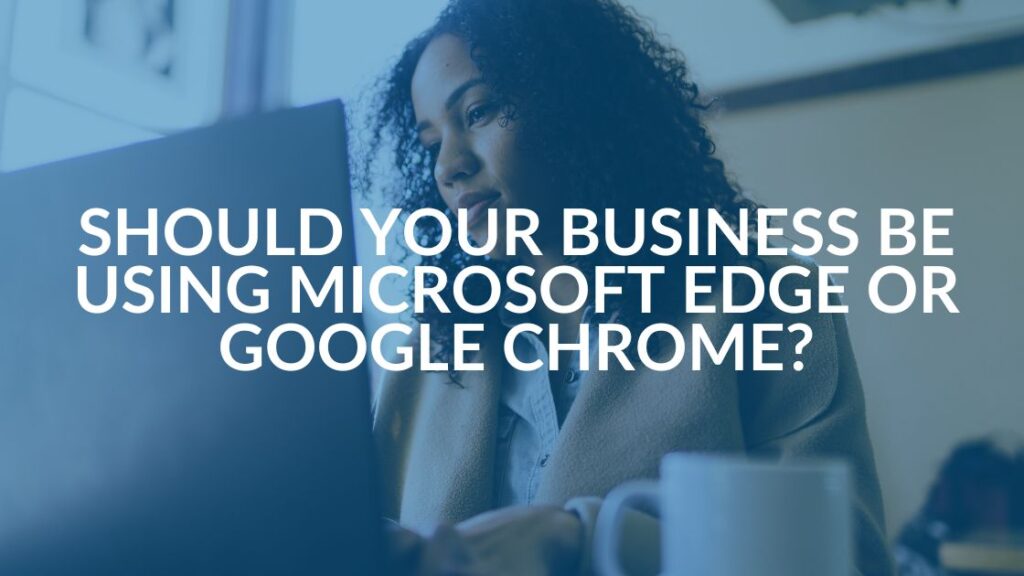
Edge vs Chrome Security: Which Is the Best Browser for Your Business?
